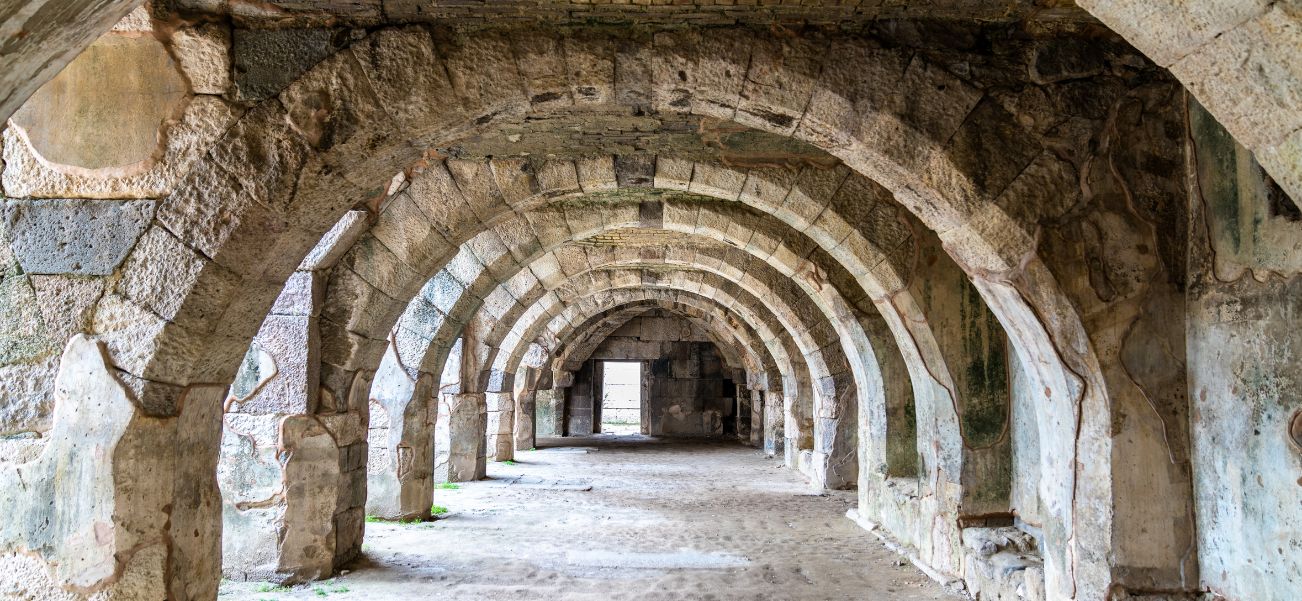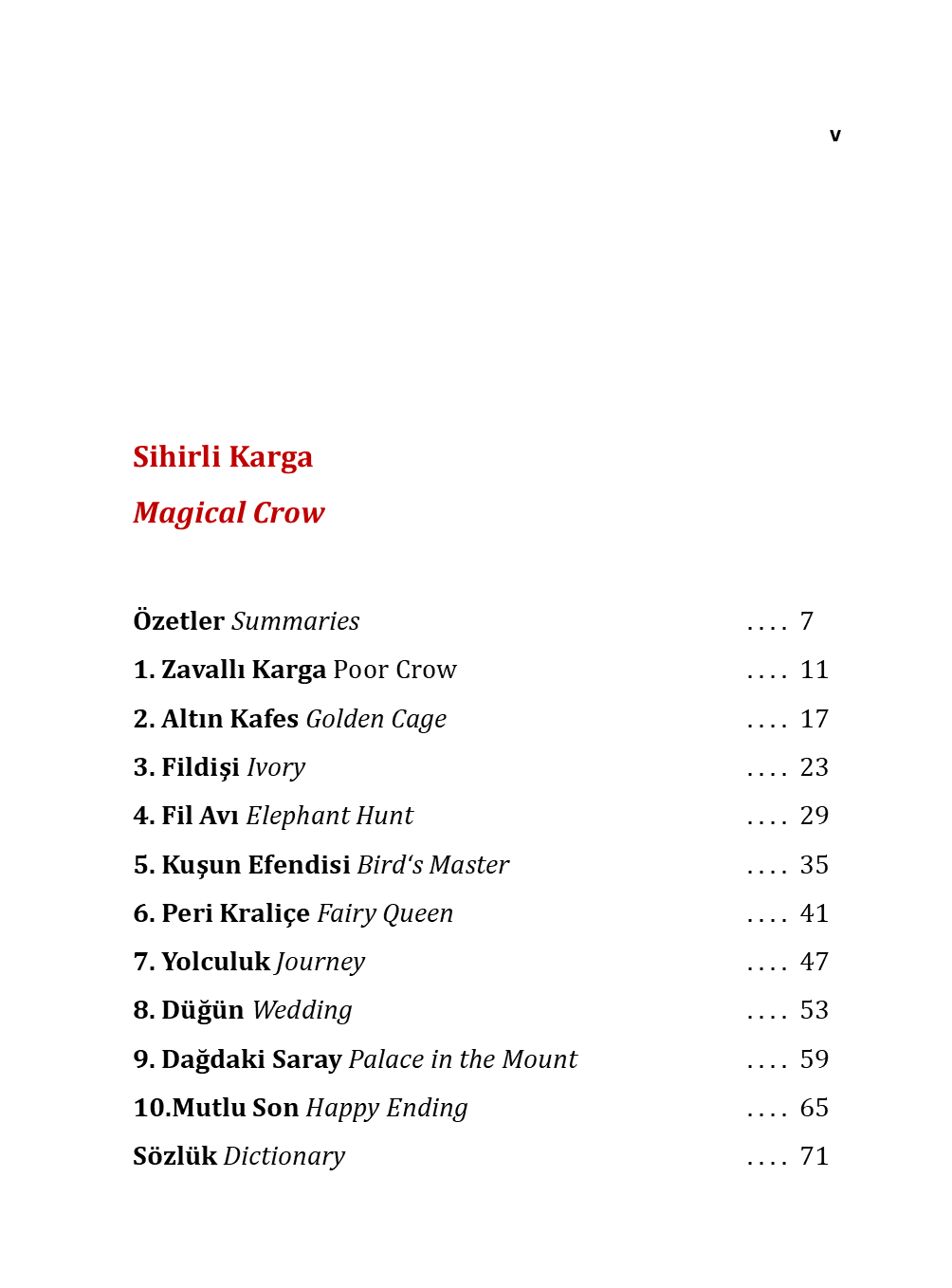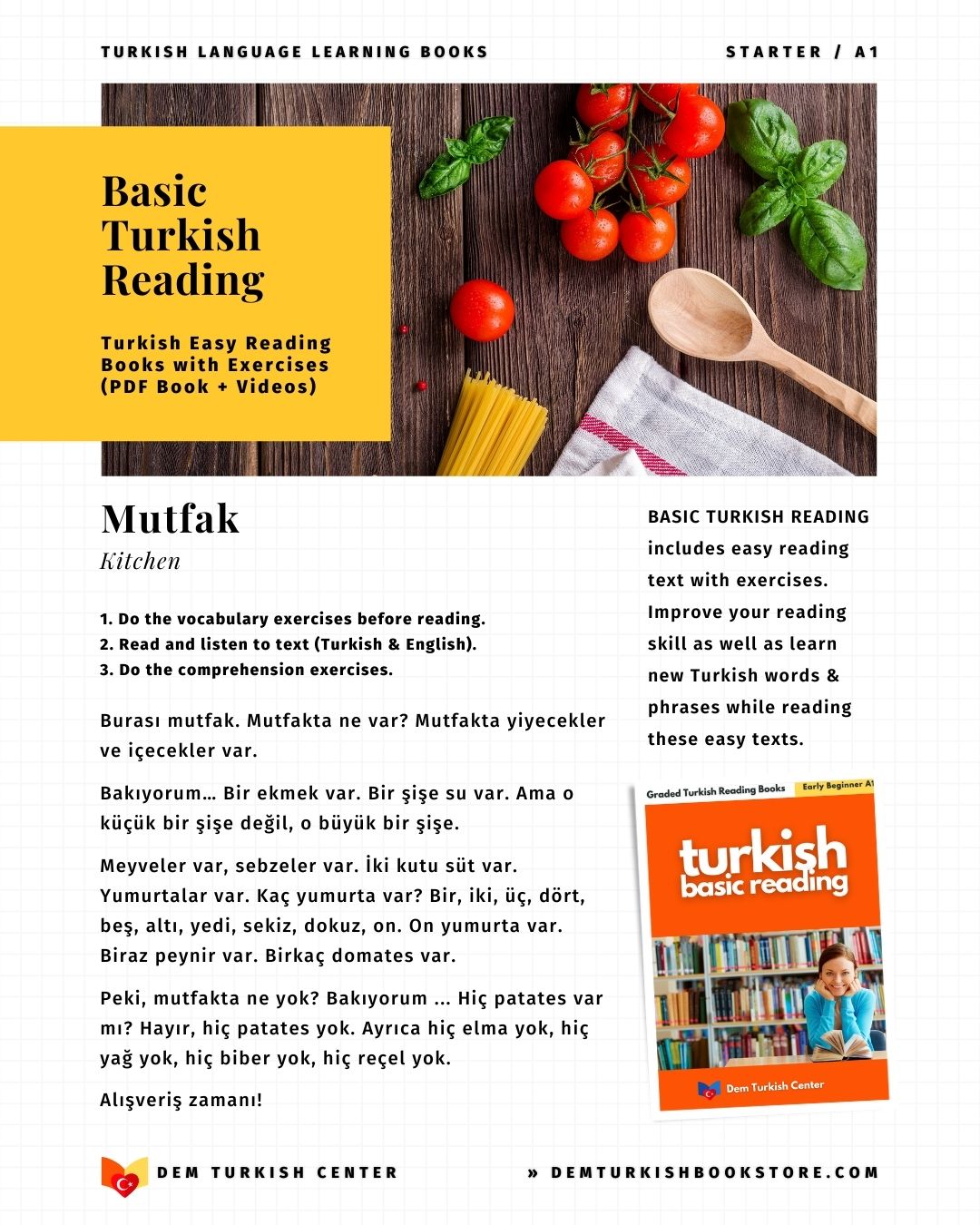
A Deep Dive into the Ancient Civilizations of Turkey
Turkey, a country where East and West converge, is a rich repository of ancient civilizations. Its strategic position between Europe and Asia has allowed it to become a cultural, imperial, and traditional crossroads for millennia.
From early Neolithic settlements to the splendor of the Byzantine and Ottoman Empires, Turkey's history offers a captivating journey through time. In this blog post, we’ll explore the ancient civilizations that have played a pivotal role in shaping this extraordinary region.
ANCIENT CIVILIZATIONS OF TURKEY
Read the text or listen to the audio guide below:
The Dawn of Civilization: Neolithic Anatolia
The history of Turkey’s ancient civilizations traces back to the Neolithic era, around 10,000 BCE, when humans shifted from a nomadic hunter-gatherer lifestyle to settled agricultural communities.
One of the most significant sites from this period is Çatalhöyük, situated in central Anatolia. Dating to approximately 7500 BCE, Çatalhöyük is among the world’s oldest known cities. Its residents lived in mud-brick houses, engaged in early agriculture, and produced intricate artwork, including wall paintings and figurines.
This site offers invaluable insights into the social and religious practices of early human societies.
The Hittites: Anatolia’s First Empire
By around 1600 BCE, the Hittites had risen to prominence as one of Anatolia’s most powerful civilizations. Originating near the Kızılırmak River, they built a vast empire that rivaled those of ancient Egypt and Mesopotamia.
Their capital, Hattusa, located near present-day Boğazkale, was a fortified city featuring grand temples, palaces, and monumental gates adorned with lion and sphinx sculptures.
The Hittites are renowned for their advanced legal codes, which prioritized restitution over punishment, as well as their expertise in ironworking, which provided a military advantage.
They also played a crucial role in ancient geopolitics, most notably clashing with Egypt at the Battle of Kadesh in 1274 BCE, an event that resulted in one of history’s earliest known peace treaties.
The Phrygians and the Legend of King Midas
After the fall of the Hittite Empire around 1200 BCE, Anatolia became home to smaller kingdoms, including the Phrygians. Centered around Gordion, near present-day Ankara, the Phrygians are closely linked to the legendary King Midas, who, according to myth, had the ability to turn everything he touched into gold.
While the historical accuracy of this tale remains uncertain, archaeological findings confirm that the Phrygians were highly skilled metalworkers and active traders.
The Phrygians left behind remarkable burial mounds, known as tumuli, including the famous Midas Mound, which contained a wealth of artifacts.
Their cultural influence extended into Greek mythology, where they are often depicted as a connection between the ancient Near East and the classical world.
The Lydians and the Invention of Coinage
The Lydians, who lived in western Anatolia around the 7th century BCE, are credited with one of history’s most groundbreaking innovations: the creation of coinage.
Their capital, Sardis, thrived as a major hub of trade and commerce. The Lydians were the first to mint standardized coins made from electrum, a natural blend of gold and silver, which significantly boosted trade and economic development.
The Lydian Kingdom reached its peak under King Croesus, whose immense wealth became legendary. However, their prosperity eventually drew the attention of the Persian Empire, which conquered Lydia in 546 BCE, bringing Anatolia under Persian control.
The Greeks and Hellenistic Influence
During the first millennium BCE, Anatolia’s western coast became a key center for Greek colonization. Cities such as Ephesus, Miletus, and Smyrna (modern-day Izmir) flourished as hubs of culture, philosophy, and trade.
The Greek influence in Anatolia reached its height during the Hellenistic period, following Alexander the Great/strong>’s conquests in the 4th century BCE. His campaigns introduced Greek culture to the region, merging it with local traditions and creating a dynamic cultural fusion.
One prominent example is the city of Pergamon, which became a renowned center for learning and the arts. It was home to one of the ancient world’s largest libraries and the magnificent Altar of Zeus, now displayed in Berlin’s Pergamon Museum, showcasing the artistic brilliance of the era.
The Romans and Byzantines: Anatolia as a Imperial Heartland
Anatolia became a vital part of the Roman Empire following its conquest in the 1st century BCE. Known as Asia Minor, it was one of the empire’s richest provinces, providing essential commodities such as grain, olive oil, and wine.
Under Roman rule, cities like Ephesus and Antioch thrived, featuring impressive theaters, aqueducts, and temples.
After the Roman Empire's division in 395 CE, Anatolia became the core of the Byzantine Empire. Constantinople (modern-day Istanbul), established as the capital by Emperor Constantine in 330 CE, emerged as a major center of Christianity.
The Byzantines preserved and expanded Roman traditions, constructing architectural masterpieces such as Hagia Sophia, which remains one of the world’s most renowned landmarks.
The Seljuks and the Arrival of the Turks
The Seljuk Turks, a Central Asian nomadic group, arrived in Anatolia in the eleventh century, marking a watershed in the region's history.
Turkish supremacy in the area began in 1071 when the Byzantines were routed by the Seljuks, who had converted to Islam, at the Battle of Manzikert. The Seljuks founded the Sultanate of Rum, which developed into a hub for Islamic scholarship, art, and architecture.
Two timeless instances of Seljuk artistry are the Alaeddin Mosque in Konya and the Great Mosque of Divriği.
Conclusion: A Legacy of Civilizations
Turkey’s ancient civilizations have left an indelible mark on its landscape and culture. From the Neolithic innovations of Çatalhöyük to the imperial grandeur of the Byzantines and Ottomans, each era has contributed to the rich tapestry of Turkey’s heritage.
Today, the ruins of ancient cities, the artifacts in museums, and the stories passed down through generations serve as reminders of the region’s extraordinary past.
Exploring the ancient civilizations of Turkey is not just a journey through history; it’s an opportunity to connect with the roots of human civilization itself.
Whether you’re wandering through the ruins of Ephesus, marveling at the mosaics of Hagia Sophia, or standing in awe of the Hittite walls of Hattusa, you’re walking in the footsteps of the countless peoples who have called this land home. Turkey’s ancient past is a testament to the enduring power of human creativity, resilience, and ambition.













